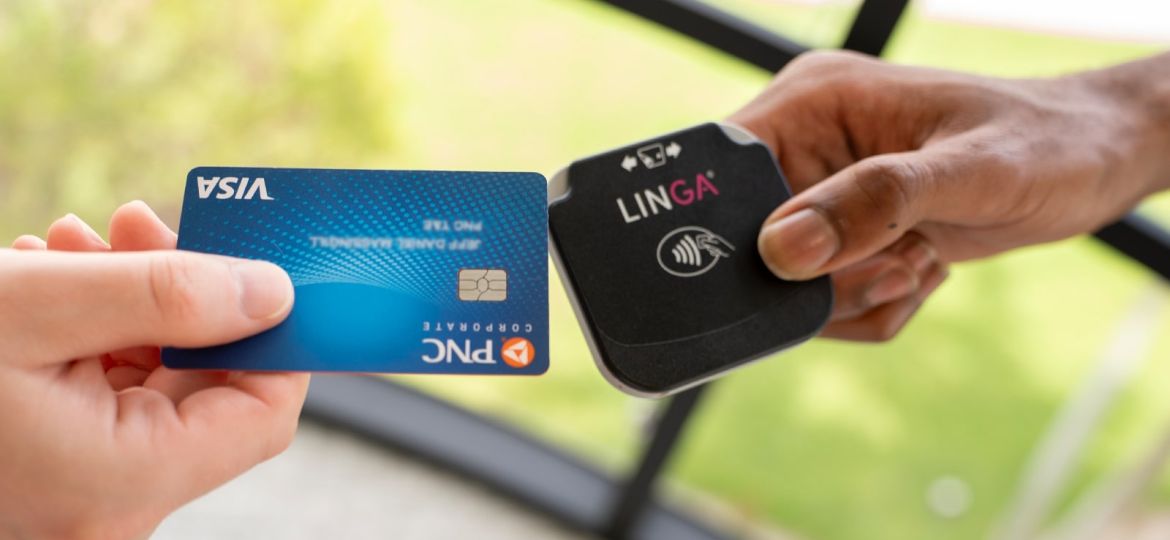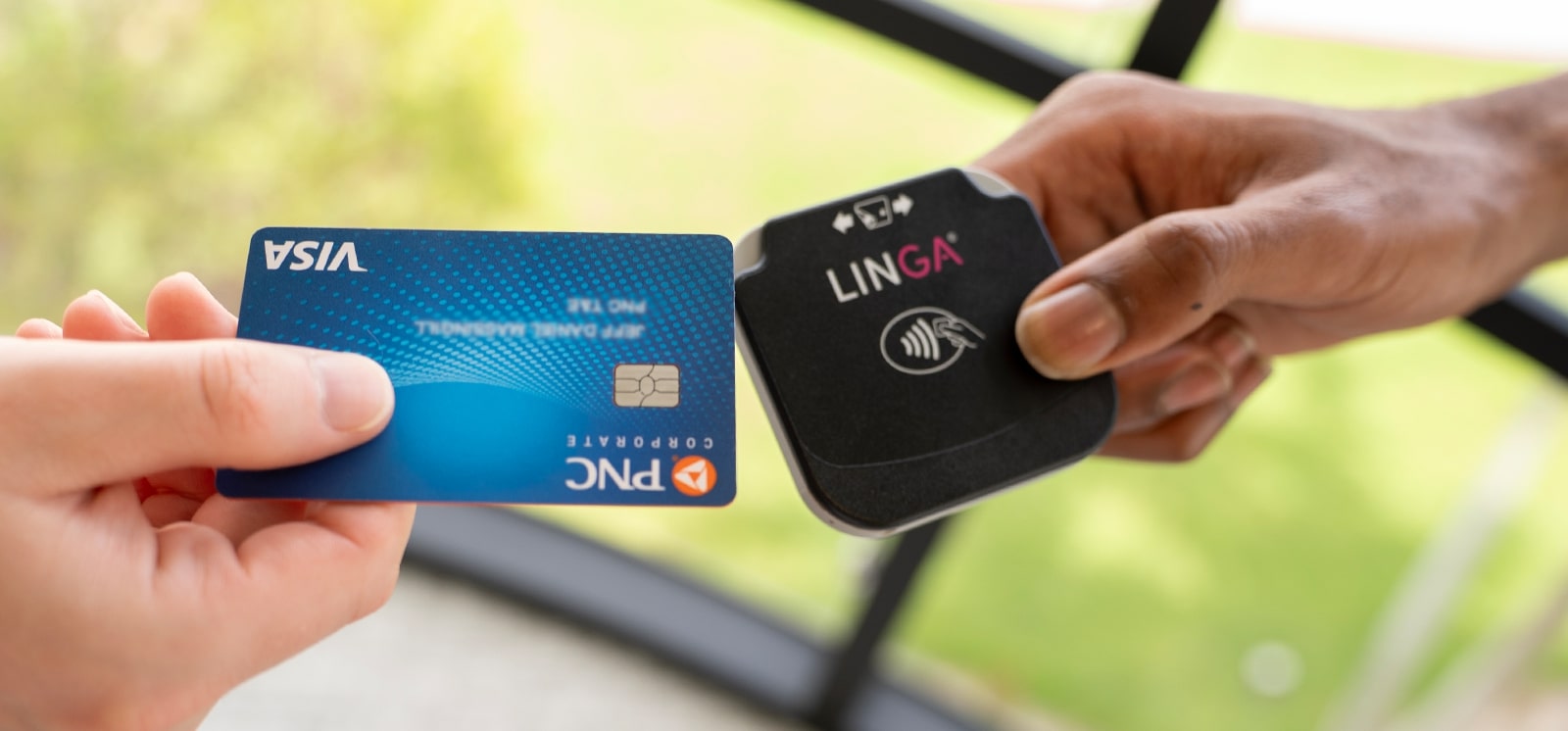
In the world of hospitality, few things are changing as quickly as the way we pay. For restaurants, bars, and cafés, that shift isn’t just happening at the register. It’s happening at every level of the payment process. From infrastructure and integration to regulation and security, today’s payment environment is shaped by rapid technological advancement. And for many businesses, keeping up is becoming a full-time job.
The push for smarter, faster, and more secure transactions is forcing operators to rethink their tech stacks. Guests expect seamless, on-demand service whether they’re ordering online, paying at the table, or tapping their phone on a contactless reader. But many payment systems were built for a different era, one that wasn’t prepared for digital wallets, real-time settlements, or decentralized assets.
So what happens when the technology moves faster than the tools restaurants rely on? That’s the challenge the industry is grappling with now.
The Infrastructure Gap
At the heart of the issue is infrastructure. Simply put, many restaurants are still using legacy payment systems that were never designed to meet the demands of modern commerce. These outdated systems often struggle to process transactions quickly or accurately, especially in environments where speed is critical.
Real-time payments, which are becoming the norm across industries, require infrastructure that can handle constant data synchronization and high-volume processing without lags or failures. When the payment system can’t keep up, it doesn’t just slow down operations. It degrades the guest experience.
Upgrading infrastructure can feel daunting, but without it, restaurants risk falling behind in a market where frictionless transactions are a competitive advantage.
The Challenge of Integration
New technologies such as AI-driven fraud detection, blockchain for secure processing, and open APIs for enhanced reporting are creating exciting possibilities in the payment space. But the reality is that integrating them into an existing system is rarely straightforward.
For restaurants, this challenge is compounded by limited technical resources. Even large hospitality groups may lack the dedicated IT teams needed to implement and manage sophisticated integrations. This leaves many operators stuck with “what works,” even if those tools are holding them back.
The ability to adopt and integrate new technology smoothly is becoming a key differentiator. It’s not just about offering the newest features. It’s about being flexible and future-ready.
Regulation in the Digital Asset Era
Cryptocurrencies and stablecoins are reshaping how people think about value and exchange. While their role in hospitality is still emerging, the demand from digitally savvy consumers is growing. The challenge, however, lies in the regulatory gray area that surrounds digital assets.
How should restaurants handle crypto transactions? What safeguards are required? Which currencies are worth supporting, and which ones pose too much risk?
Until there’s clear, consistent regulation, many businesses will be hesitant to explore this space. But as digital assets become more mainstream, restaurants will need payment technology that can adapt to new forms of currency, new compliance rules, and new expectations from guests.
Meeting the Moment with Modern Tools
While the challenges are real, so are the solutions. Restaurants don’t need to reinvent their entire tech stack to stay competitive. They just need tools that are built to evolve with the market.
That’s where modern payment devices like the LINGA Reader, powered by LINGA Pay, come into play. Designed specifically for the hospitality industry, the LINGA Reader supports the types of fast, secure, and flexible transactions today’s guests expect.
It works out of the box with LINGA POS, handles all major forms of payment including swipe, chip, tap, and mobile wallets, and offers real-time data syncing to ensure accuracy and speed. Just as importantly, it’s built to adapt, whether that means processing offline during a network outage or scaling across multiple locations.
While the LINGA Reader is not a cure-all for every tech challenge, it’s a clear example of how the right payment technology can help restaurants modernize their operations without adding unnecessary complexity.
Moving Forward in a Fast-Moving World
The pace of change in payments continues to accelerate. From AI-powered systems to blockchain-based transactions and digital currency adoption, the next generation of technology is already here, and it is reshaping how guests interact with businesses.
Restaurants that want to remain competitive don’t need to chase every trend. But they do need to be equipped for a more connected, agile, and digital-first reality. That starts with choosing tools that remove complexity, not add to it.
As payment technology continues to evolve, restaurants that invest in future-ready solutions like the LINGA Reader will be better positioned to handle what’s next. Staying ahead is no longer just about innovation. It’s about delivering a smooth, reliable experience every time a guest is ready to pay.
